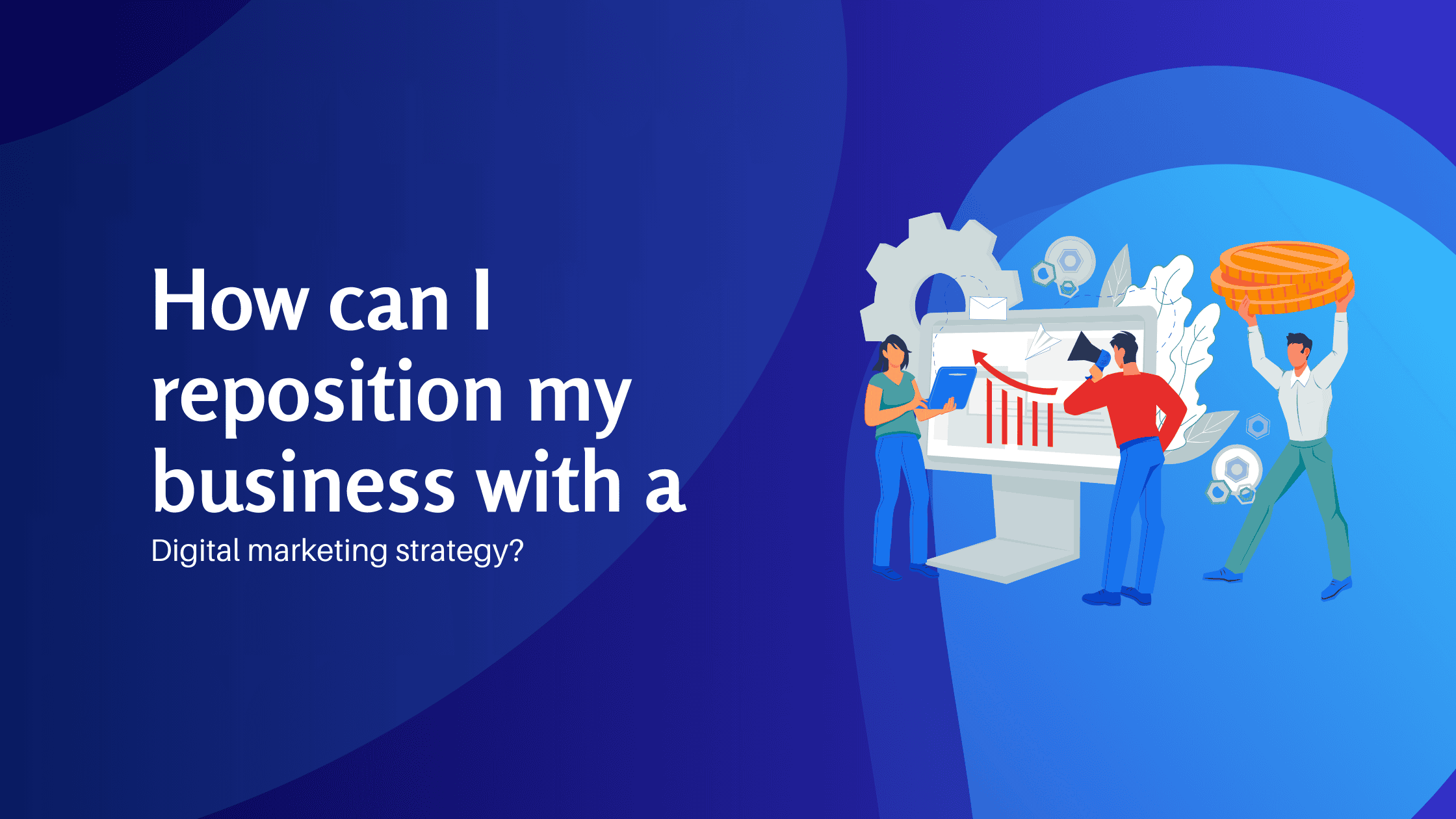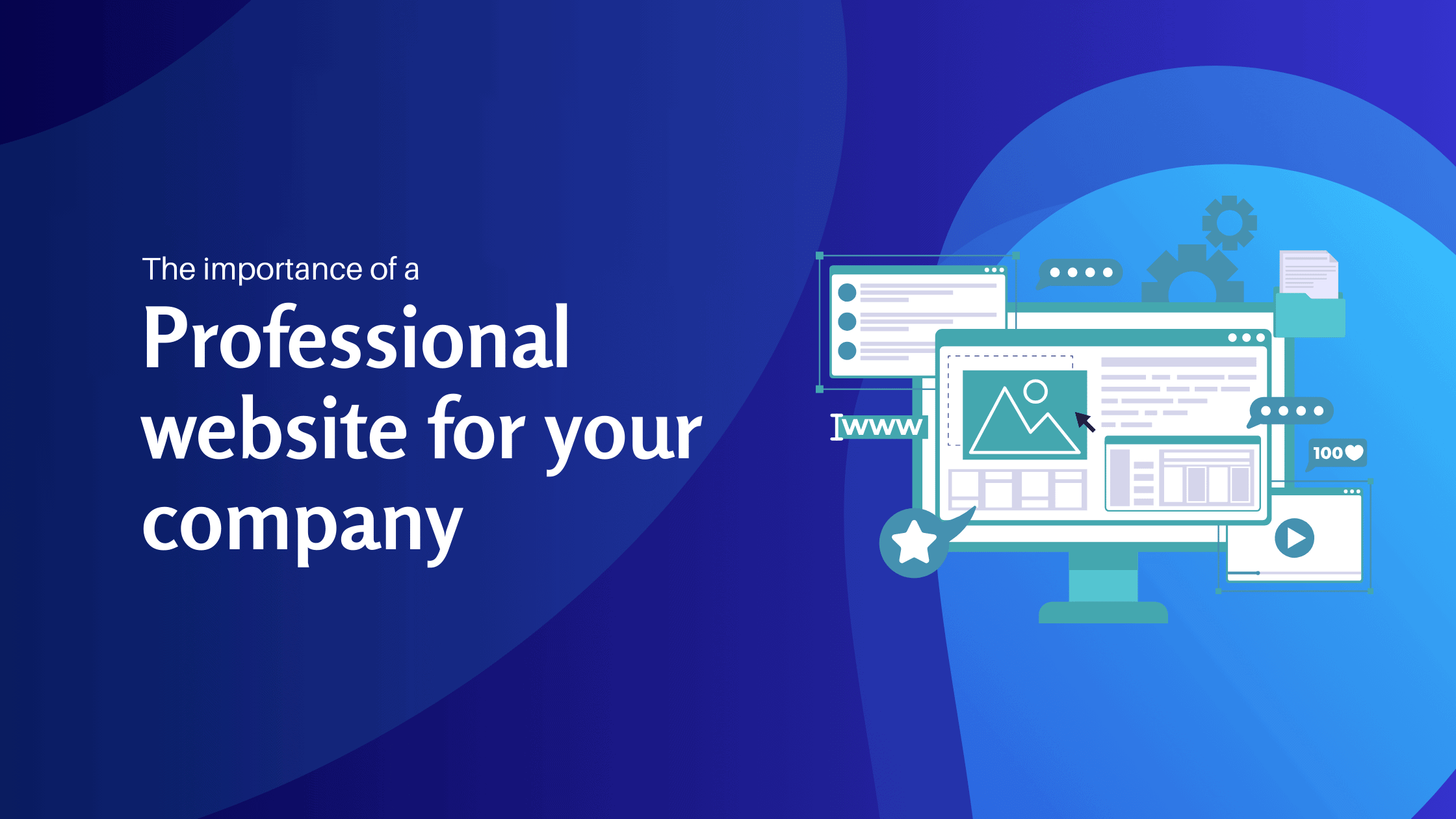Introduction
Are you ready to turn your vision into a fully functioning website? In today’s digital age, having a strong online presence is essential for businesses and individuals alike. But how do you transform your idea into a reality? Enter the world of website development. This intricate process involves a series of carefully planned steps that bring your concept to life on the internet. From brainstorming and wireframing to coding and testing, website development requires a combination of technical know-how and creative thinking.
In this article, we will take you on a journey through the step-by-step process of website development, unveiling the secrets behind building a captivating and user-friendly website. Whether you’re a business owner looking to revamp your online presence or an aspiring web developer eager to learn the ropes, this guide will equip you with the knowledge and insights needed to succeed in the digital realm. So, let’s dive in and discover the path from idea to reality in website development.
Understanding the website development process

Website development is a complex and multifaceted process that involves a range of tasks and disciplines. It requires a clear understanding of the goals and objectives of the website, as well as a solid plan for executing the development process. By breaking down the process into manageable steps, you can ensure that each aspect of the website is carefully considered and executed.
Step 1: Defining goals and objectives
Before diving into the development process, it is crucial to define the goals and objectives of your website. What is the purpose of the website? Who is your target audience? What do you want to achieve with the website? Defining clear goals and objectives will guide the entire development process and ensure that all decisions align with your vision.
During this step, it is also important to consider the functionality and features that your website will require. Will you need e-commerce capabilities? Will you have a blog or a portfolio section? By clearly defining your goals and objectives, you can create a roadmap for the development process.
Step 2: Planning and research
Once you have defined your goals and objectives, it’s time to dive into the planning and research phase. This step involves conducting market research, analyzing your competition, and identifying the key elements that will make your website stand out.
During the planning phase, it is important to create a sitemap that outlines the structure and organization of your website. This will help you visualize the user experience and ensure that the website is intuitive and easy to navigate. Additionally, you will need to consider the technical requirements of your website, such as the hosting platform, content management system, and any third-party integrations.
Step 3: Design and wireframing
With the planning and research phase complete, it’s time to bring your website to life through design and wireframing. This step involves creating visual mockups of your website, including the layout, color scheme, typography, and overall aesthetic.
Wireframing is an essential part of the design process as it allows you to map out the structure and flow of your website. It serves as a blueprint for the development team and ensures that all elements are strategically placed for maximum impact.
During the design phase, it is important to consider both the user interface (UI) and user experience (UX) aspects of your website. The UI focuses on the visual elements and how users interact with them, while the UX focuses on the overall user journey and how the website meets their needs and expectations.
Step 4: Development and coding
With the design and wireframing complete, it’s time to roll up your sleeves and start coding. This is where the technical aspect of website development comes into play. Depending on the complexity of your website, you may choose to develop it from scratch using HTML, CSS, and JavaScript, or leverage a content management system (CMS) such as WordPress or Shopify.
During the development phase, it is important to follow best practices in coding and ensure that your website is optimized for search engines. This includes using clean and semantic code, implementing responsive design to ensure compatibility across devices, and optimizing page load speed for a seamless user experience.
Step 5: Content creation and integration
A website is not complete without compelling and engaging content. The content creation and integration phase involves writing and organizing the textual and visual elements of your website. This includes creating captivating copy, sourcing high-quality images and videos, and integrating them into your website.
During this phase, it is important to consider the SEO aspect of your content. By conducting keyword research and optimizing your content for search engines, you can increase your website’s visibility and drive organic traffic.
Step 6: Testing and quality assurance
Before launching your website, it is crucial to thoroughly test its functionality and ensure that it meets the highest quality standards. This includes checking for broken links, testing forms and interactive elements, and conducting cross-browser compatibility tests.
During the testing phase, it is also important to gather feedback from users and make any necessary adjustments. This will help you identify and fix any issues or bugs that may arise before the website goes live.
Step 7: Launching and deployment
With the development, design, and testing complete, it’s time to launch your website and make it accessible to the world. This involves deploying your website to a hosting platform, configuring the domain name and DNS settings, and ensuring that all elements are functioning properly.
During the launch phase, it is important to create a buzz around your website and drive traffic to it. This can be done through marketing initiatives such as social media promotion, email campaigns, paid advertising, and search engine optimization.
Step 8: Post-launch maintenance and updates
Launching your website is just the beginning. To ensure its long-term success, it is crucial to regularly update and maintain your website. This includes updating plugins and software, monitoring website performance, and making any necessary improvements based on user feedback and analytics.
By regularly maintaining and updating your website, you can keep it secure, improve its performance, and ensure that it continues to meet the needs of your audience.
Recommended tools and resources for website development

Website development can be a complex and challenging process, but there are a variety of tools and resources available to help you along the way. Here are some recommended tools and resources for each step of the website development process:
– Defining goals and objectives: Google Analytics, Market research reports, Survey tools
– Planning and research: Sitemap generators, Competitive analysis tools, CMS platforms
– Design and wireframing: Adobe XD, Sketch, Figma
– Development and coding: HTML, CSS, JavaScript, Code editors (Sublime Text, Visual Studio Code)
– Content creation and integration: Content management systems (WordPress, Shopify), Stock image libraries, Copywriting tools
– Testing and quality assurance: Browser compatibility tools, Testing platforms (Selenium, BrowserStack)
– Launching and deployment: Hosting platforms (Bluehost, SiteGround), Domain registrars (GoDaddy, Namecheap)
– Post-launch maintenance and updates: Website analytics tools (Google Analytics), Content management systems, Security plugins (Wordfence, Sucuri)
Conclusion
Website development is a complex and intricate process that requires a combination of technical know-how and creative thinking. By following the step-by-step process outlined in this article, you can transform your idea into a fully functioning website. From defining goals and objectives to launching and maintaining your website, each step plays a crucial role in bringing your vision to life on the internet.
So, whether you’re a business owner looking to enhance your online presence or an aspiring web developer eager to learn the ropes, embrace the journey from idea to reality in website development and unlock the endless possibilities of the digital realm.





